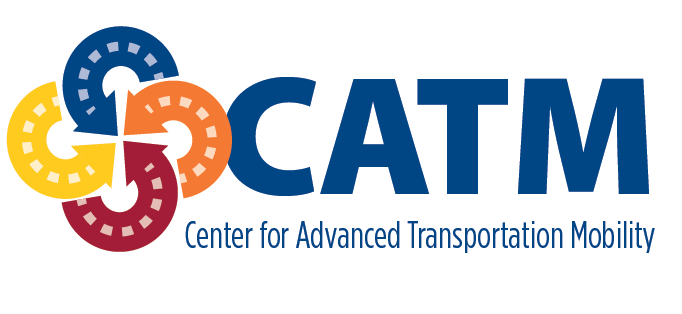Document Type
Report
Publication Date
8-2024
Keywords
campus crosswalk, pedestrian distraction, personal listening devices, vulnerable road users
Abstract
To evaluate the dangers of personal listening devices (PLD) and behavior while navigating crosswalks, 1274 pedestrians were naturalistically observed followed by a survey of 135 pedestrians, and two focus groups. Thereafter, an immersive 1:1 street crossing virtual reality (VR) testbed – based campus crossing environments – was used to investigate the effect of PLD distraction on crossing performance and auditory situation awareness. Pedestrians traversed a simulated crosswalk while listening to music through air (AC) and bone (BC) conduction PLDs while detecting and localizing a bi-directional ambulance alert signal. Results show that: (1) societal distractions such as crossing in groups or talking within a group while crossing led to riskier behavior compared to technological distractors; (2) there is a consensus on hand gestures for pedestrian-driver communication; (3) the presence of a bus near the crosswalk and its idling engine significantly increased the time to cross and detect the alert signal; and (4) BC-PLDs playing non-lyrical music led to faster detection while listening to music at a low volume led to faster street crossings and faster detection. In conclusion, findings can serve as guidelines to develop external human-machine interfaces (eHMIs) for automated vehicles and appropriate countermeasures for reducing pedestrian distractions at campus crosswalks.
Recommended Citation
Patrick, Rafael Ph.D, "Acoustic Situation Awareness and its Effects on Pedestrian Safety within a Virtual Environment" (2024). Center for Advanced Transportation Mobility. 31.
https://digital.library.ncat.edu/catm/31
Data File 1
CATM.PLD-Phase I_Survey.pdf (750 kB)
Data File 2
CATM.PLD-Phase II.xlsx (194 kB)
Data File 3


